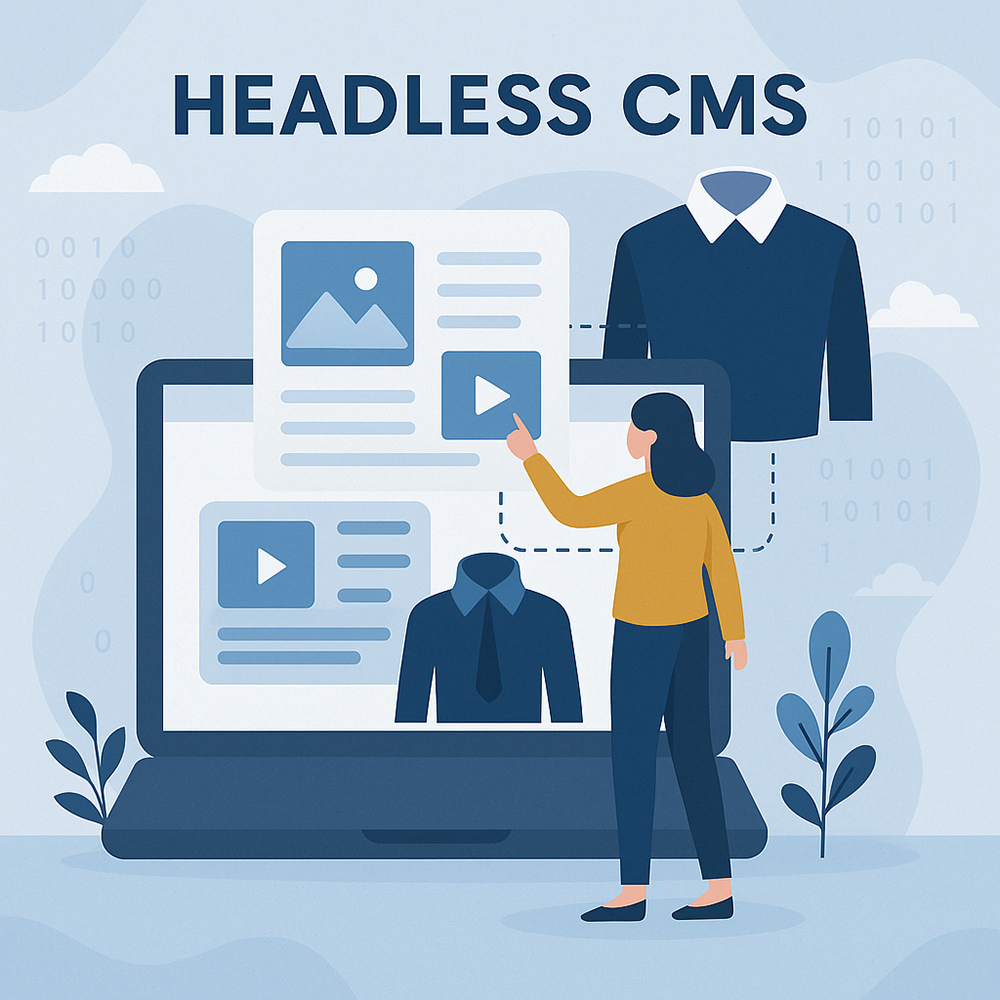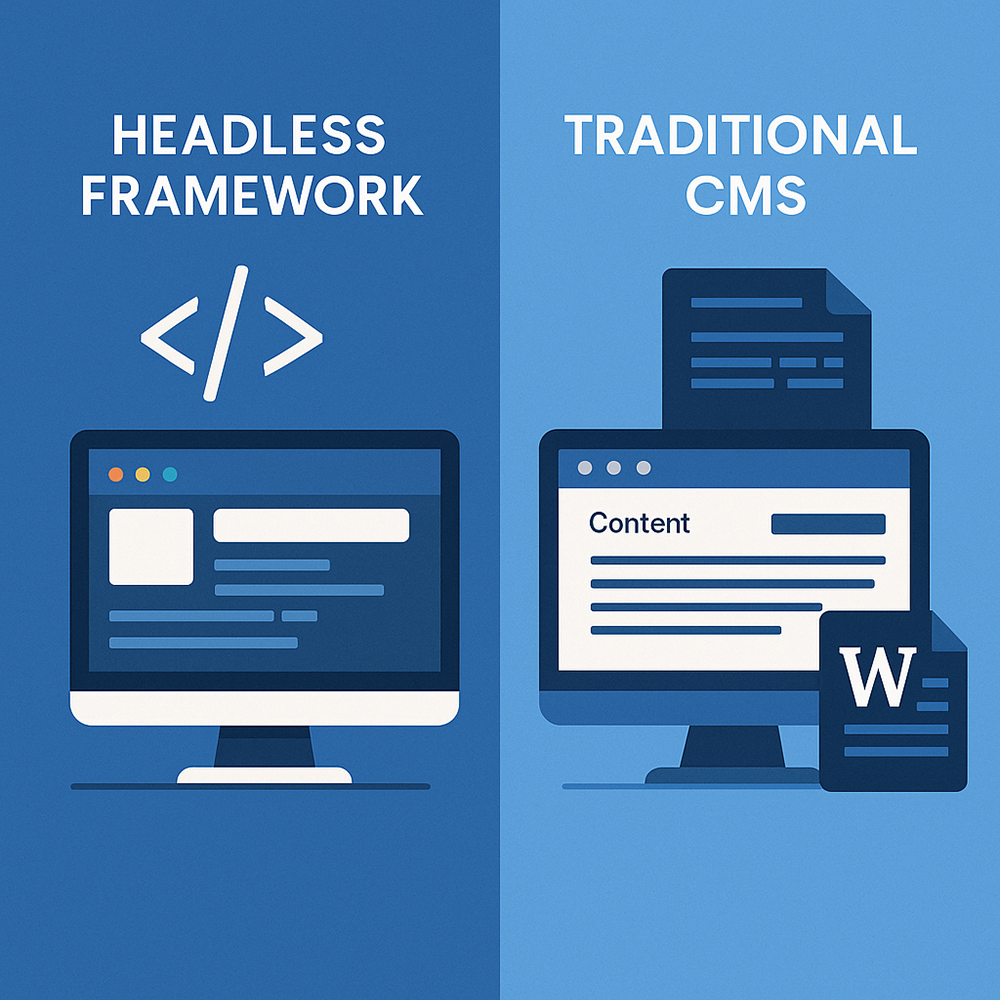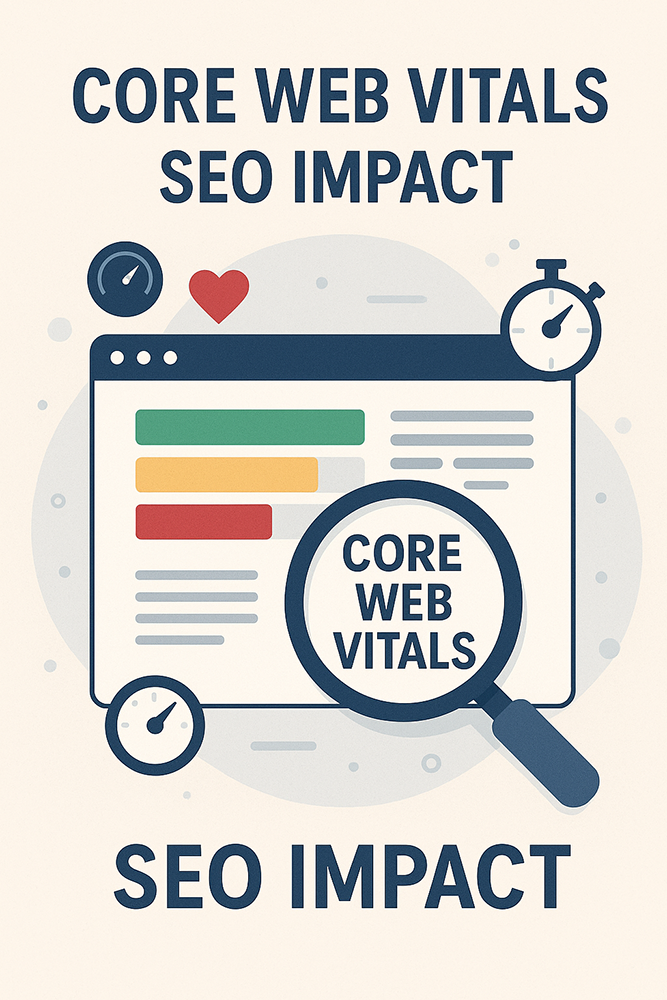In the rapidly evolving digital landscape, businesses are constantly seeking ways to deliver faster, more flexible, and more secure digital experiences. Traditional Content Management Systems (CMS) often come with limitations that hinder these goals. This is where the concept of a "headless CMS" emerges as a powerful alternative, offering significant benefits for modern websites and applications.
What is a Headless CMS?
A traditional CMS (like WordPress or Drupal) combines the content management backend (where you create and store content) with the front-end presentation layer (how the content is displayed on your website). It's a "monolithic" approach where everything is tightly coupled.
A headless CMS, on the other hand, separates the content repository from the presentation layer. It focuses solely on managing and storing content, which is then delivered via APIs (Application Programming Interfaces) to any front-end or device. This means your content can be displayed on websites, mobile apps, smart devices, IoT devices, and more, all from a single content source.
Key Benefits of a Headless CMS
- Greater Flexibility and Omnichannel Delivery:
With a headless CMS, your content is decoupled from its presentation. This means you can use any front-end technology (React, Next.js, Vue, Angular, mobile apps, etc.) to display your content. This flexibility allows you to deliver content to multiple channels and devices seamlessly, providing a consistent brand experience across all touchpoints (websites, mobile apps, smartwatches, voice assistants, etc.).
- Enhanced Performance and Speed:
By separating the front-end, developers can build highly optimized, lightweight front-ends that load incredibly fast. This is crucial for user experience and SEO. Headless setups often leverage modern frameworks that support static site generation (SSG) or server-side rendering (SSR), leading to superior performance compared to traditional CMS setups that rely heavily on database queries for every page load.
- Improved Security:
Traditional CMS platforms, especially popular ones, can be frequent targets for cyberattacks due to their monolithic nature and reliance on plugins. With a headless CMS, the content delivery layer is separated from the content management system. This reduces the attack surface, as the database and content management interface are not directly exposed to the public internet. Your front-end can be hosted on a CDN, further enhancing security and reducing vulnerability.
- Scalability:
Headless architectures are inherently more scalable. Each component (content management, front-end, database) can be scaled independently based on demand. This means you can handle sudden spikes in traffic without affecting the entire system, ensuring your digital presence remains robust even during peak periods.
- Future-Proofing Your Technology Stack:
Technology evolves rapidly. A headless CMS allows you to update or swap out your front-end technology without affecting your content. This means you can adopt new frameworks or design trends as they emerge, keeping your digital presence modern and relevant without a complete overhaul of your content infrastructure.
- Better Developer Experience:
Developers gain more freedom and control over the technology stack. They can work with their preferred tools and frameworks, leading to more efficient development cycles, higher quality code, and greater innovation. This also makes it easier to integrate with other third-party services and APIs.
- Cost Efficiency (Long-term):
While initial setup might seem more complex, the long-term benefits often lead to cost savings. Reduced maintenance, improved performance (leading to better conversion rates), and the ability to reuse content across multiple platforms can result in a higher ROI over time.
When to Consider a Headless CMS
A headless CMS is particularly beneficial for:
- Businesses requiring omnichannel content delivery (web, mobile, IoT, smart displays).
- Companies prioritizing high performance, speed, and SEO.
- Organizations with complex digital ecosystems needing seamless integrations.
- Teams that want full control over their front-end technology and a flexible development workflow.
- Large-scale websites or applications with high traffic demands.
By embracing a headless CMS, businesses can unlock unparalleled flexibility, performance, and security, paving the way for truly modern and future-proof digital experiences. Lumora Tech Solutions specializes in implementing headless CMS solutions, helping you build a robust and adaptable digital foundation.
Ready to Elevate Your Business?
Whether you need a stunning new website, a powerful marketing strategy, or robust IT solutions, Lumora is here to help. Our team of experts in Dubai is ready to turn your vision into reality.
Contact Us Today


